Voleones is a village and the seat of the homonymous community of the Municipality of Amari, in the Regional Unit of Rethymno, Crete. It is located 24 kilometers southeast of Rethymno at an altitude of 340 meters. To the east of the village rises Mount Veni, and also near the village is the artificial Potamoi Lake.
Historical References
Voleones’ historical presence is documented in a variety of sources, offering glimpses into its past. The village is mentioned in Venetian censuses from the 16th century, including those of Francesco Barozzi (1577) and Castrofylakas (1583). These records reveal its population size and its status as a primarily Christian community during this period. During the Ottoman occupation, the village’s demographics shifted, becoming predominantly Muslim, as reflected in the 1834 census, which recorded 35 Turkish families residing in Voleones. Following the departure of the Turks in the late 19th century, the village’s population decreased significantly. Voleones also played a role in the Cretan resistance against the German occupation during World War II. The villagers participated in sabotage activities and provided shelter to Allied forces. The village also suffered losses, with some residents being arrested and deported to concentration camps.
Location and Dimensions
Voleones is situated in a lush, verdant area at the foothills of Mount Veni, at an altitude of 340 meters. The village is part of the Amari Valley, known for its fertile lands and scenic beauty. It lies approximately 24 kilometers southeast of Rethymno, offering a balance between rural tranquility and accessibility to the regional capital. The village itself is relatively small, with a compact layout of traditional stone houses. The surrounding area, however, is expansive, encompassing agricultural fields, olive groves, and the nearby Potamoi Lake, created by the Potamoi Dam.
Administrative Information
Voleones is officially mentioned, written as Voliones, in 1925 in the Government Gazette 27A – 31/01/1925 to be annexed to the then community of Pantanassa, while in 1931 with the Government Gazette 301A – 29/08/1931 it was detached from the community of Pantanassa and was designated the seat of the newly established community of the same name. In 1940 its name was corrected to Voleones. According to the Kallikratis plan and the Kleisthenis I amendment, it is a community that belongs to the municipal unit of Syvritos of the municipality of Amari and according to the 2011 census it has 109 inhabitants.
Historical Significance
Voleones’ historical significance is multifaceted, stemming from its continuous habitation since at least the Byzantine era and its role in various historical events. The presence of the Byzantine church of the Transfiguration of the Savior, dating back to the 9th or 10th century, attests to the village’s long history and its religious importance during the Byzantine period. The village’s demographic shift during the Ottoman era and the subsequent exodus of its Muslim population reflect the complex historical and cultural dynamics of Crete under Ottoman rule. Voleones’ participation in the Cretan resistance against the German occupation highlights the village’s contribution to the island’s struggle for freedom and self-determination.
Population Data Over the Years
Census Year |
Population |
|---|---|
1583 |
299 |
1834 |
~175-210 |
1881 |
201 |
1900 |
38 |
1920 |
200 |
1928 |
231 |
1940 |
275 |
1951 |
288 |
1961 |
232 |
1971 |
185 |
1981 |
200 |
1991 |
218 |
2001 |
170 |
2011 |
109 |
Current Status
Today, Voleones is a small, quiet village primarily engaged in agriculture. Its residents cultivate olive groves, vineyards, and other crops, while also raising livestock. The village’s picturesque setting, historical landmarks, and proximity to the Potamoi Dam and Mount Veni offer opportunities for tourism development. However, Voleones remains largely untouched by mass tourism, preserving its traditional character and offering visitors an authentic experience of rural Cretan life.
The village continues to grapple with the challenges of rural depopulation and an aging population. However, its strong sense of community and its commitment to preserving its cultural heritage ensure that Voleones remains a vibrant and integral part of the Amari landscape. Voleones’ population has experienced significant fluctuations throughout its history, mirroring broader demographic trends in Crete. The village’s population peaked in the mid-20th century but has since experienced a significant decline due to factors such as urbanization and emigration.
Village Key Points
- Historical References: Venetian and Ottoman censuses, mention in historical texts.
- Location: Foothills of Mount Veni, near Potamoi Lake, 24 km southeast of Rethymno.
- Dimensions: Small agricultural village.
- Historical Significance: Byzantine churches, participation in Cretan struggles for independence.
- Current Status: Small village with agricultural activities and some tourism, known for its natural beauty and historical sites.
Access
Voleones is 15.2 kilometers away from the town Rethymno and 1.7 kilometers away from Pantanassa.













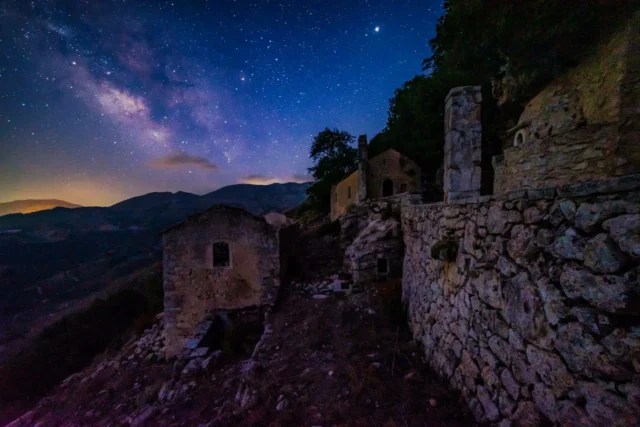



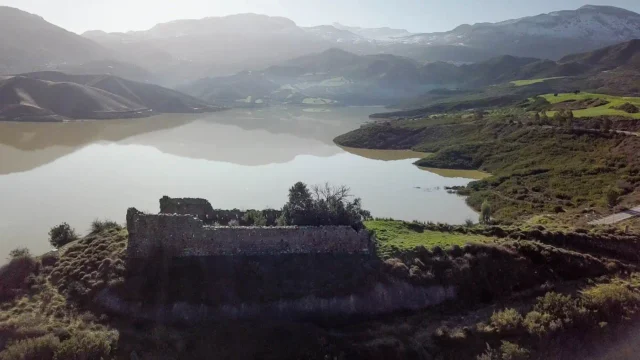

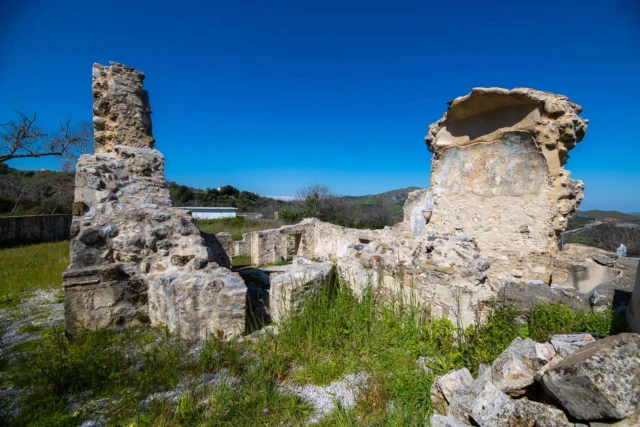

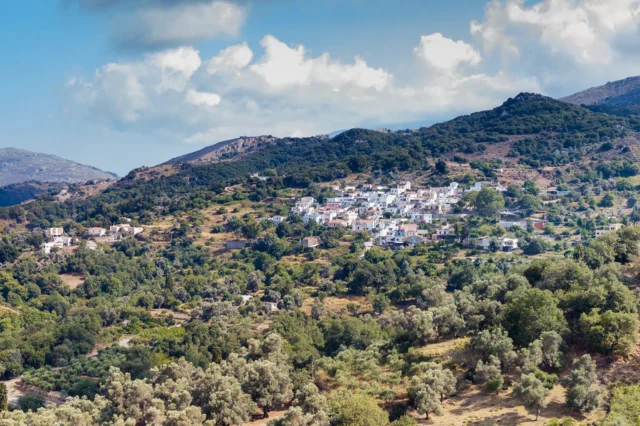
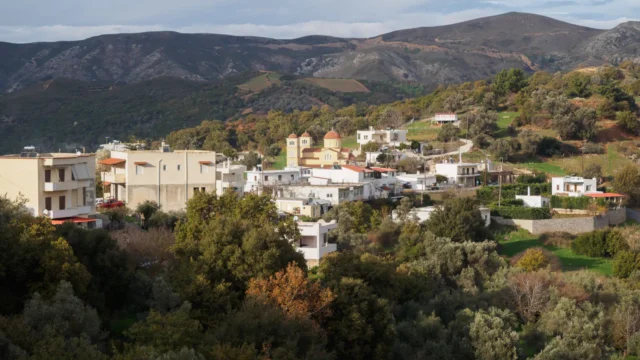
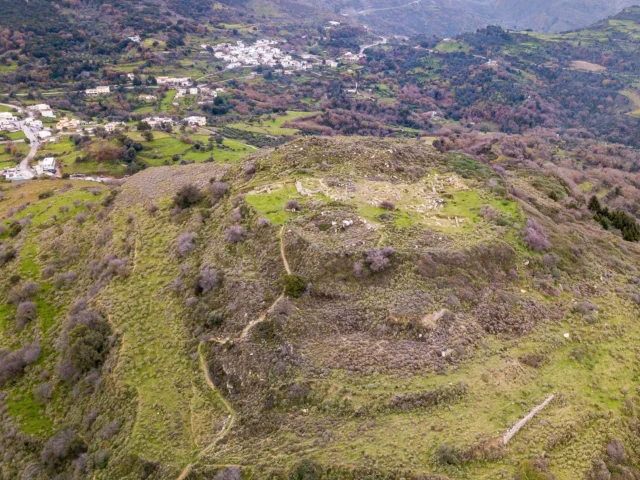

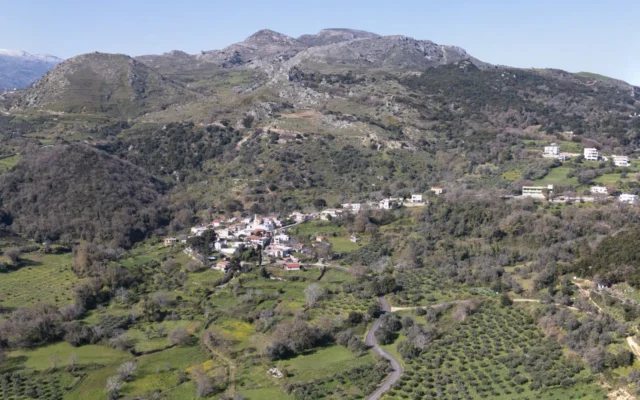
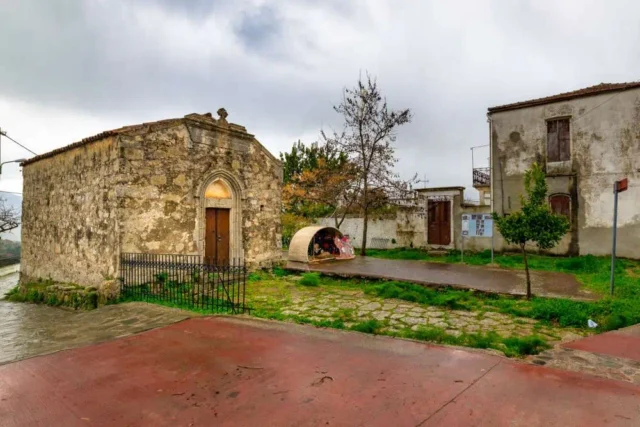
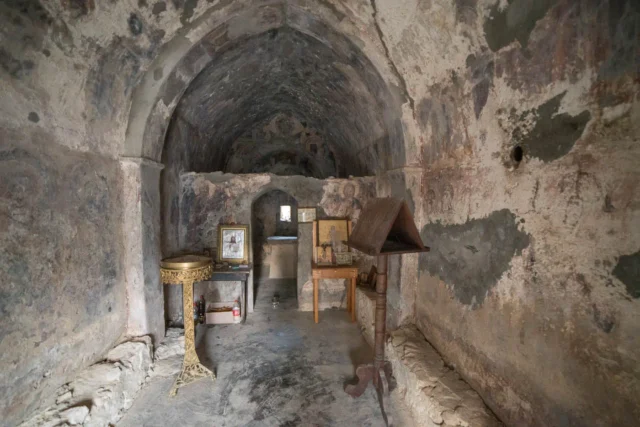
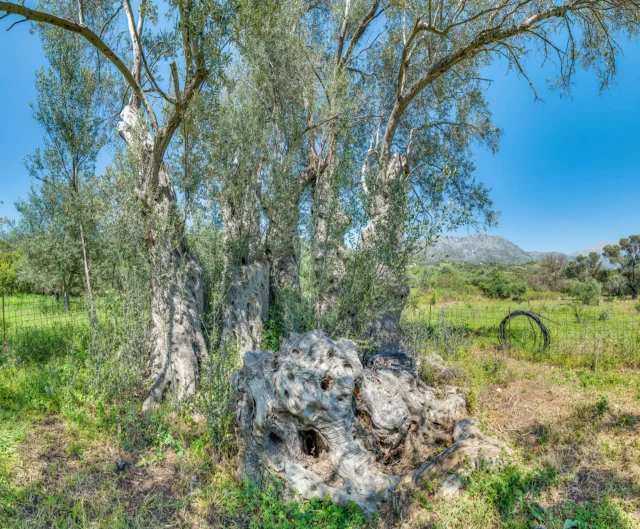
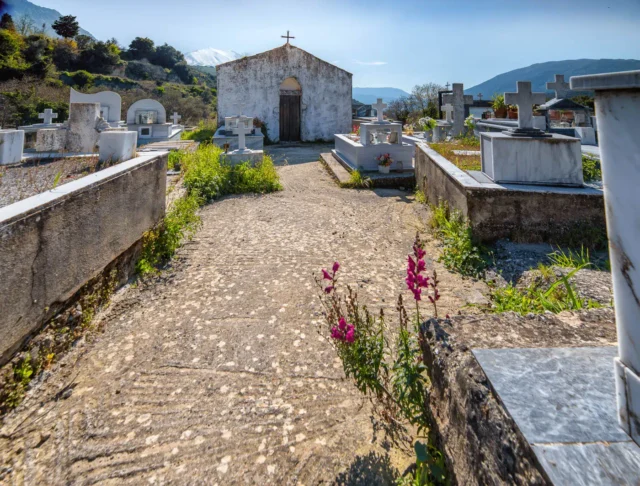
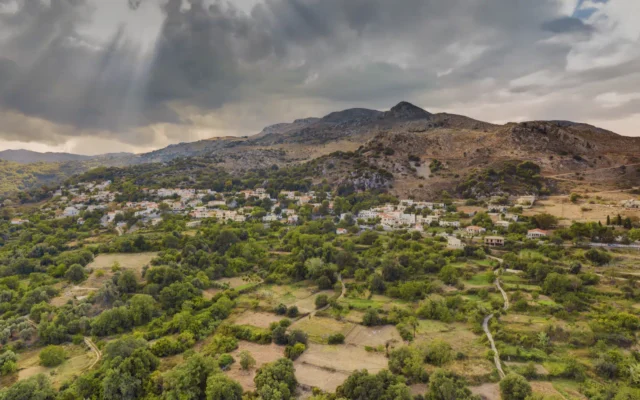

There are no comments yet.